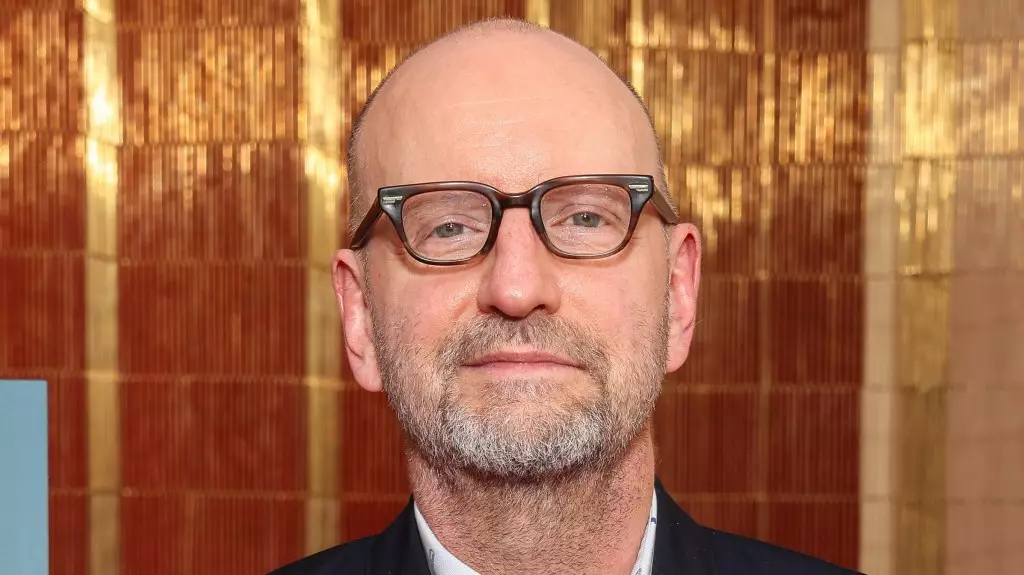In an industry increasingly dominated by franchise films and lavish blockbusters, Steven Soderbergh’s reflection on his film *Black Bag* sends ripples of uneasiness through the landscape of modern filmmaking. The Academy Award-winning director’s lament about dwindling theater attendance raises critical questions about the future of cinema, particularly the mid-budget projects that once thrived in the cultural zeitgeist. With a star-studded cast like Cate Blanchett and Michael Fassbender, *Black Bag* should have attracted audiences with its gripping espionage narrative. Yet, the film’s underwhelming box office performance reflects a startling trend; mature, adult-oriented films are fading into the background.
The Disconnect Between Critique and Commerce
Soderbergh’s frustrations are poignant and resonate with a truth we can’t ignore: critical acclaim does not guarantee box office success. Their absence from the public eye signifies an alarming decay in the filmic landscape, where the allure of escapism overshadows stories that grapple with real human issues. The filmmaker fears for the future of storytelling, questioning whether a critical yet financially unsound venture like *Black Bag* signifies a grave warning for cinema at large. If seasoned directors find themselves grappling to engage a mature audience, what awaited filmmakers, who aspire to create content in the same vein?
The implications of this trend are profound. For those who champion narrative complexity over simplistic plots, it feels like an erasure of the very essence of cinema as a medium of expression. The explosion of streaming platforms with an endless supply of content can hardly fill the void left by disappearing theatrical experiences. It cultivates a generation that favors mindless entertainment over intellectual stimulation, paving the way for wasteland-like offerings in our cultural diet.
A Call for Creative Innovation
Soderbergh’s candid admission that films like *Erin Brockovich* or *Traffic* would struggle to find a foothold in today’s market showcases the stagnation one could argue filmmaking has succumbed to. Sure, we have Timothée Chalamet injecting fresh vigor into different types of projects. Still, the landscape primarily bulges with superhero tropes and recycled narratives, a reflection of an industry too terrified to take risks on films with substance. The mantra seems to be, “Why innovate when we can just repeat our hits?”
Yet, therein lies the challenge. It is imperative to cultivate an audience that appreciates well-constructed storytelling. The pursuit of balance in cinema—where mid-range projects coexist alongside grand spectacles—might very well be the linchpin to reviving the art form. If filmmakers, producers, and distributors align their efforts to nurture the growth of such films, they can restore the appreciation for narratives that resonate within the human condition.
Soderbergh’s reflection serves not merely as a critique; it is a rallying cry for the creative community to advocate for films that delve deeper into our psyche, that challenge social norms and inspire thought-provoking discourse. Without proactive efforts to revive the tastes and sensibilities of the viewing public, we risk losing cinema as a vibrant tapestry of stories spanning the journey of life.

Leave a Reply